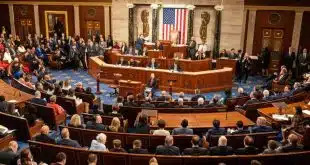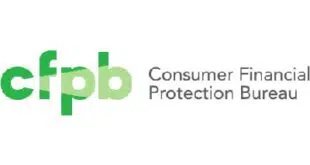The obituaries for debit card rewards may be premature. Of the 100 largest issuers of debit cards ranked by debit purchase volume, 37 now offer a rewards program, down from 52 three years ago. But 19 issuers with $10 billion or more in assets still offer a program, despite a year’s experience with the debit-interchange caps imposed by the Durbin Amendment, according to new research from First Annapolis Consulting, Linthicum, Md.
“We would have expected to see a larger drop among the regulated issuers,” says Casey Merolla, senior manager at First Annapolis. The Durbin price caps, which were codified in June 2011 by the Federal Reserve, took effect in October 2011 for issuers with $10 billion or more in assets and roughly cut debit interchange fees in half.
In response, the number of large banks offering rewards programs fell from 37 in 2009, or nearly by half. But more sub-$10 billion institutions are now attaching rewards to their debit cards. Eighteen now offer programs, up from 15 three years ago, according to First Annapolis, which reviewed the Web sites of the 100 largest issuers. Without having interviewed the smaller banks, the researchers can’t be sure why more are now offering rewards to debit card holders. But the firm conjectures it has to do with the opportunity to fill a void left by larger competitors. “That’s our basic assumption,” says Merolla.
When the Durbin caps took effect, experts widely predicted the deep interchange cuts would force most if not all regulated issuers to eliminate or at least drastically cut back on giveaway programs, which include a variety of offers from points to cash back to encourage usage. “As part of the [bank] P&L, debit interchange was a significant revenue item,” notes Merolla.
Before Durbin, most banks used the rewards to stimulate usage of signature debit, on which they earned more interchange income than on PIN-authenticated transactions. But the Fed’s pricing rules make no distinction between the two types of debit. Many regulated banks offering rewards now may use them to encourage PIN debit instead, since the rate of fraud loss on these transactions is significantly lower than on signature debit, according to a recent study released by the Pulse debit network and research firm Oliver Wyman.
Many larger banks may also be sticking by rewards out of sheer institutional inertia. “It’s hard to walk away from programs, to pull back and take them away,” observes Merolla, after years of supporting them and promoting them with cardholders.
But those retaining the giveaways aren’t necessarily neglecting the bottom line. Many of these banks are using rewards as an enticement to move customers into accounts that carry new fees or that require certain minimum balances or usage thresholds added since Durbin took effect, the First Annapolis researchers say. “There are some issuers using [rewards] as a broader relationship play to move some customers upstream,” says Merolla. Just 15 of the current rewards programs are linked to free checking accounts, or accounts without these kinds of restrictions.
Of the programs offered, points programs proved to be the most popular, having been adopted by 22 of the 37 banks. These programs offer points in return for usage; cardholders can then redeem the points for merchandise. Cash back is next, with 12 issuers, followed by miles programs, offered by three. The review also found seven issuers offering merchant-discount programs, such as Visa Discounts and MasterCard Marketplace, but the researchers did not consider these programs to be traditional debit rewards for the purposes of the study.





